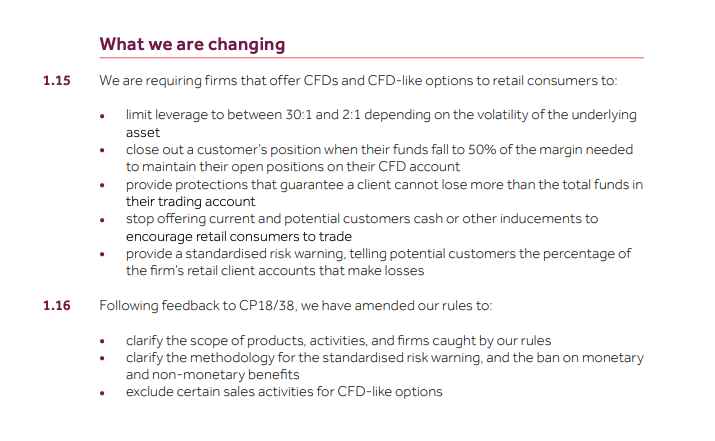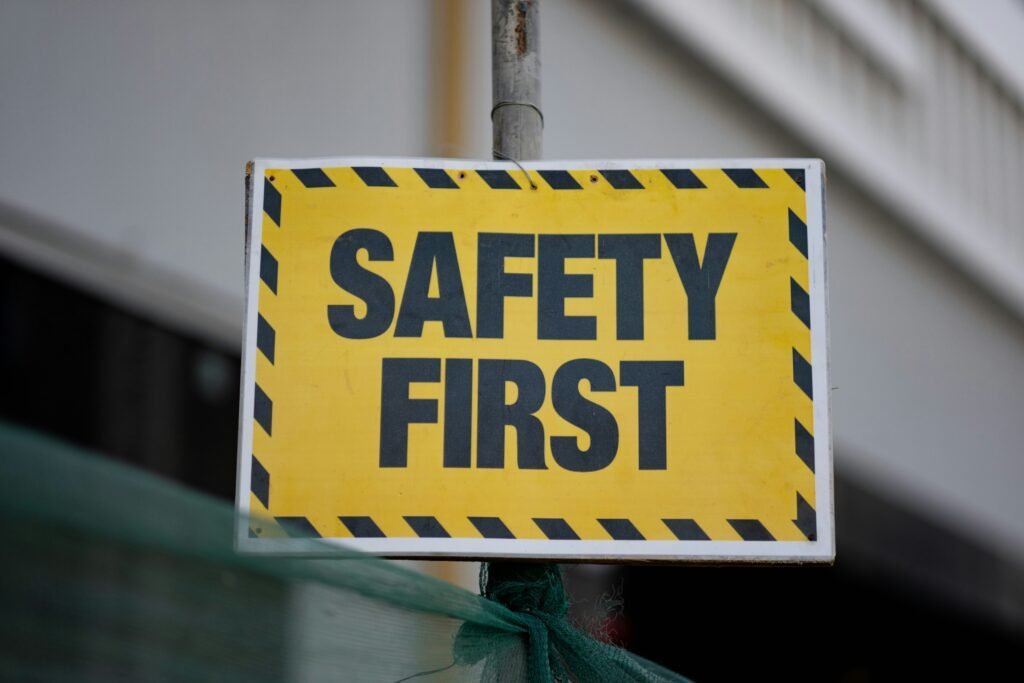Leverage is one of those things every trader hears about early on… usually with a mix of excitement and fear. It’s what makes it possible to trade big with a small account. But it’s also the fastest way to blow that account up.
When I first started trading, I remember seeing “1:30 leverage” on my broker dashboard and thinking,
“Cool. That means I can trade thirty times more than I actually have.”
What I didn’t realise was:
“Oh. That also means I can lose thirty times faster if I’m not careful.”
In this guide, I’ll break down how to calculate position size when trading with leverage vs without leverage, across stocks, forex, indices, and gold. I’ll also explain how leverage changes what (and how much) you can trade — and where most people go wrong.
First, What Does Leverage Actually Mean?

Leverage allows you to control a larger position than your actual account size would normally allow.
It’s expressed as a ratio:
- 1:1 means you’re using only your own money — no borrowing.
- 1:5 means you can control £5 worth of assets for every £1 you put down.
- 1:30 means you can control £30 for every £1 you deposit.
It’s like putting down a 10% deposit to buy a house. You’re exposed to the full value — and all the risk — even though you only put in a fraction of the money.
Typical Leverage Limits in the UK

In the UK, leverage is regulated by the FCA, especially for retail (non-professional) traders. Here’s the most common leverage levels allowed:
| Asset Type | Maximum Leverage (Retail UK Traders) |
|---|---|
| Major Forex Pairs | 1:30 |
| Minor/Exotic FX | 1:20 |
| Indices | 1:20 |
| Gold | 1:20 |
| Other Commodities | 1:10 |
| Individual Stocks | 1:5 |
| Cryptocurrencies | 1:2 |
If you qualify as a professional trader (meeting certain criteria), some brokers may offer 1:100 or even higher — but that comes without FCA protections.
Unleveraged vs Leveraged: What’s the Difference?

Let’s say you want to buy £10,000 worth of gold.
- Unleveraged (1:1): You need £10,000 in your account. That’s your full exposure.
- Leveraged (1:20): You only need £500 margin to open that trade. (Because £10,000 ÷ 20 = £500)
In both cases, you’re exposed to the same amount of risk on price movement. The difference is:
- With leverage, your required margin is smaller, so your position size can be bigger
- But your risk per pip/point is the same — it’s your account exposure that changes
Does Leverage Affect Position Size Calculations?

Yes… but not the way most beginners think. Leverage doesn’t directly change your risk per trade.
Instead, it affects your maximum trade size — how big a position you can open, not how much you should open.
When you use a position size calculator, you’re working backwards:
- How much do I want to risk?
- What’s my stop loss size?
- What size position gives me that risk?
Then — only after that — you check:
“Do I have enough margin to place this trade using my leverage?”
Example 1: Forex Leveraged
Asset: EUR/USD
Account: £10,000
Risk per trade: 1% = £100
Stop loss: 50 pips
Leverage: 1:30
You plug this into Position Size Calculator, and it says:
- Trade size: 0.67 lots
- Pip value: ~$1.48
- Total margin required: ~£225
So even though you’re controlling nearly £67,000 of EUR/USD, you only need £225 margin to place the trade. That’s the magic of 1:30 leverage.
But if you don’t use a calculator? You could trade 2.00 lots thinking it’s “just a couple of positions” — and suddenly your pip value triples.
Example 2: Stocks Unleveraged
Asset: Apple shares
Account: £5,000
Leverage: 1:1 (unleveraged — ISA or investment account)
You want to risk £100, and Apple shares are priced at $200. So:
- £100 ÷ $200 = 0.5 shares
But since you can’t buy half a share on most platforms, you’d buy 1 share and have a wider stop — or rethink the trade.
When trading unleveraged, your account balance directly caps your position size.
There’s no margin. What you see is what you risk.
How Calculating Position Size Differs With Leverage
| Calculation Step | Unleveraged | Leveraged (CFD/Futures) |
|---|---|---|
| Trade size limit | Capped by cash balance | Capped by margin requirement |
| Position size exposure | Equal to invested amount | Larger than margin used |
| Risk per pip/point | Based on trade size | Based on trade size (same logic) |
| Margin requirement | Full position size | Small % of position |
| Risk of liquidation | None (you own the asset) | Yes — if trade moves against you |
Key Warnings About Using Leverage

Let me say it so those in the back hear it too: Leverage is a tool, not a cheat code.
Here’s where most traders go wrong:
Mistake 1: Using Maximum Leverage
Just because your broker offers 1:30 doesn’t mean you should use it.
If you’re trading full size every time, a 3% market move could wipe out your entire account.
Mistake 2: Confusing Margin With Risk
“Margin used” is not the same as “money at risk.” You might only use £300 to open a trade, but if the full position is £9,000 and it moves 2% against you? You just lost £180.
Mistake 3: Sizing Based on Gut, Not Stop Loss
Position size should come from the stop distance and your % risk. Never from what margin you have available.
How I Calculate Position Size With Leverage

Here’s my quick process, no matter what I’m trading:
- I decide my account risk per trade (usually 1%)
- I set my stop loss in pips, points, or price
- I plug it into a position size calculator
- It gives me the correct lot size for my risk
- I then check if my leverage will allow me to place that size with the margin I have
That’s it. I never start with leverage. I start with risk.
Leverage by Instrument: Cheat Sheet
Here’s a handy reference table based on typical UK regulations:
| Asset Class | Typical UK Leverage | Key Notes |
|---|---|---|
| Major Forex | 1:30 | High leverage, use small lots |
| Minor/Exotic FX | 1:20 | Watch spreads, they’re wider |
| Indices (e.g. US100) | 1:20 | Moves fast — control size |
| Gold (XAUUSD) | 1:20 | High volatility, risky if over-leveraged |
| Oil | 1:10 | Gaps a lot — be careful |
| Individual Stocks | 1:5 | Less movement, lower leverage |
| Crypto | 1:2 | Highly volatile, heavily regulated |
To Leverage or Not to Leverage…
Leverage gives you options. It lets you take part in markets you couldn’t afford otherwise. But it doesn’t make you a better trader. In fact, it’ll expose every flaw in your process. If your position size isn’t based on risk, you’re not trading — you’re guessing.
So before you open your next leveraged trade, ask:
- Have I calculated my correct lot size based on stop loss?
- Do I know what 1 pip/point costs me?
- Am I using leverage to scale smartly — or swing wildly?
Leverage is powerful… but it only works if you know how to use it.
James is a full-time UK-based trader for prop firms and using private capital since June 2010. Based in the Edinburgh, Scotland he has been active in the UK finance space for the last 10 years and helps other UK traders and investors calculate lot sizing, position sizing and investing with helpful tools.